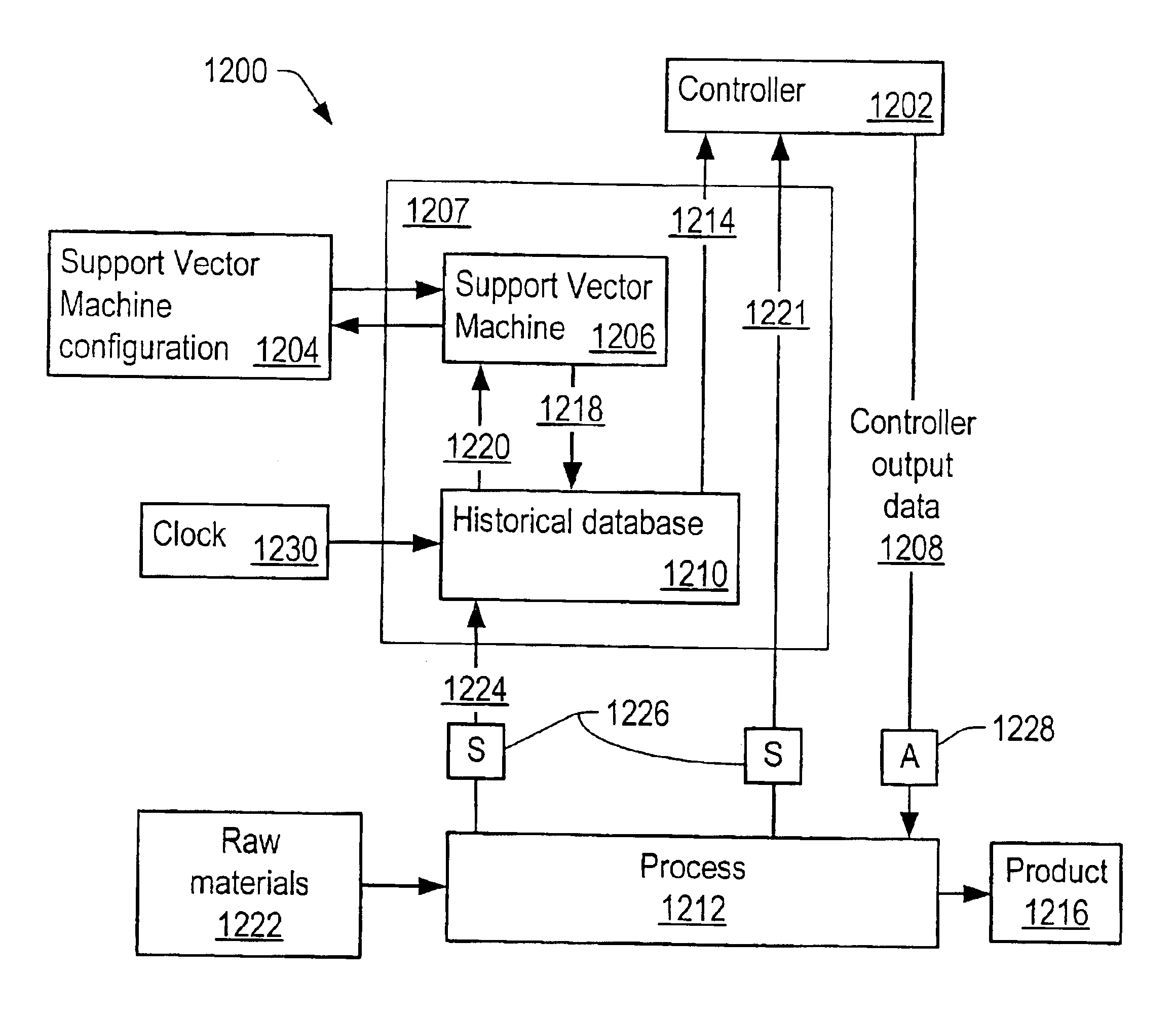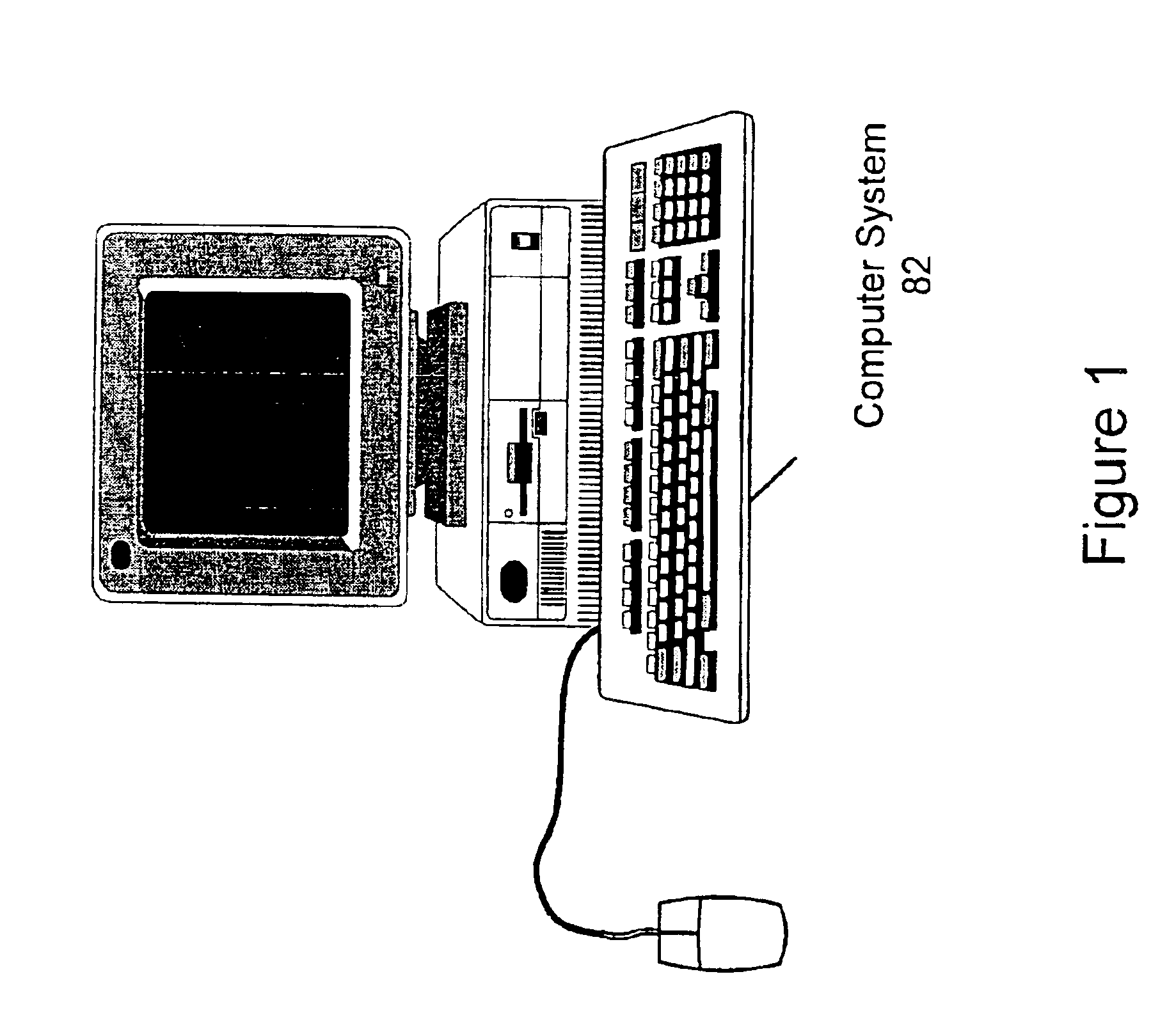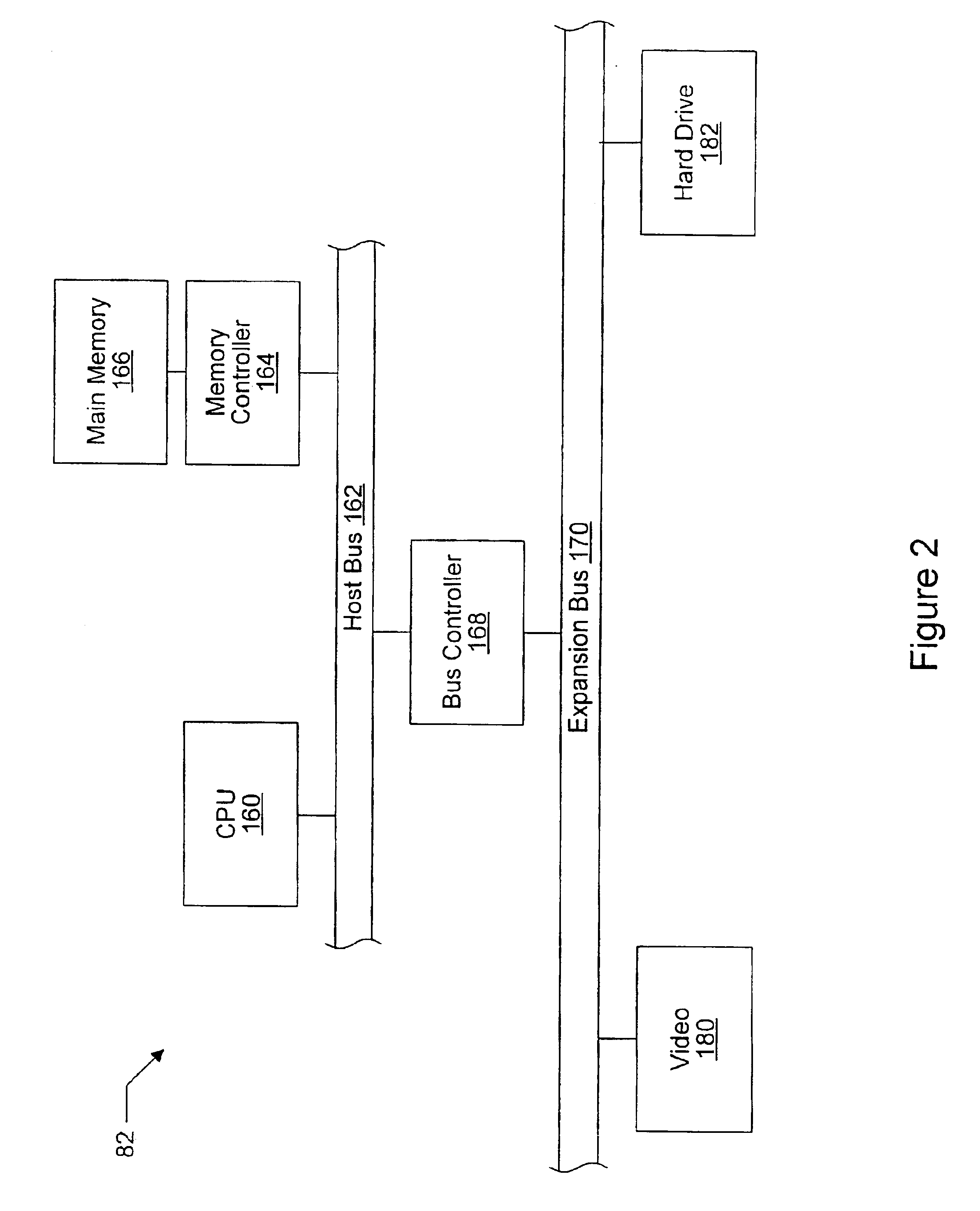System and method for historical database training of support vector machines
- Summary
- Abstract
- Description
- Claims
- Application Information
AI Technical Summary
Benefits of technology
Problems solved by technology
Method used
Image
Examples
Embodiment Construction
Incorporation by Reference
[0104]U.S. Pat. No. 5,950,146, titled “Support Vector Method For Function Estimation”, whose inventor is Vladimir Vapnik, and which issued on Sep. 7, 1999, is hereby incorporated by reference in its entirety as though fully and completely set forth herein.
[0105]U.S. Pat. No. 5,649,068, titled “Pattern Recognition System Using Support Vectors”, whose inventors are Bernard Boser, Isabelle Guyon, and Vladimir Vapnik, and which issued on Jul. 15, 1997, is hereby incorporated by reference in its entirety as though fully and completely set forth herein.
[0106]U.S. Pat. No. 5,058,043, titled “Batch Process Control Using Expert Systems”, whose inventor is Richard D. Skeirik, and which issued on Oct. 15, 1991, is hereby incorporated by reference in its entirety as though fully and completely set forth herein.
[0107]U.S. Pat. No. 5,006,992, titled “Process Control System With Reconfigurable Expert Rules and Control Modules”, whose inventor is Richard D. Skeirik, and wh...
PUM
 Login to View More
Login to View More Abstract
Description
Claims
Application Information
 Login to View More
Login to View More - R&D
- Intellectual Property
- Life Sciences
- Materials
- Tech Scout
- Unparalleled Data Quality
- Higher Quality Content
- 60% Fewer Hallucinations
Browse by: Latest US Patents, China's latest patents, Technical Efficacy Thesaurus, Application Domain, Technology Topic, Popular Technical Reports.
© 2025 PatSnap. All rights reserved.Legal|Privacy policy|Modern Slavery Act Transparency Statement|Sitemap|About US| Contact US: help@patsnap.com



